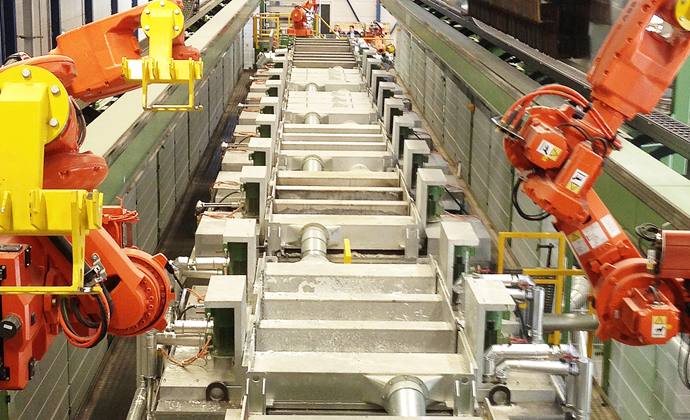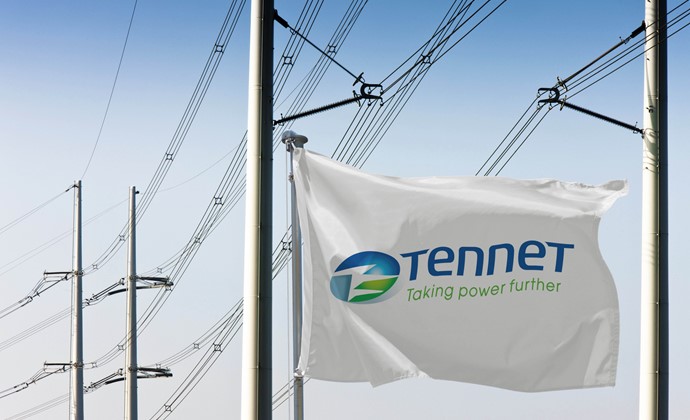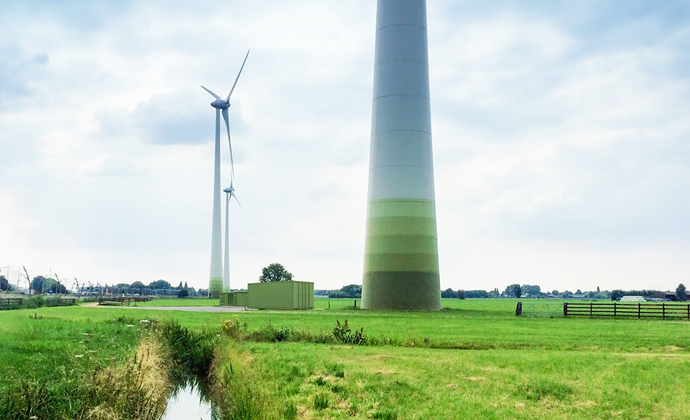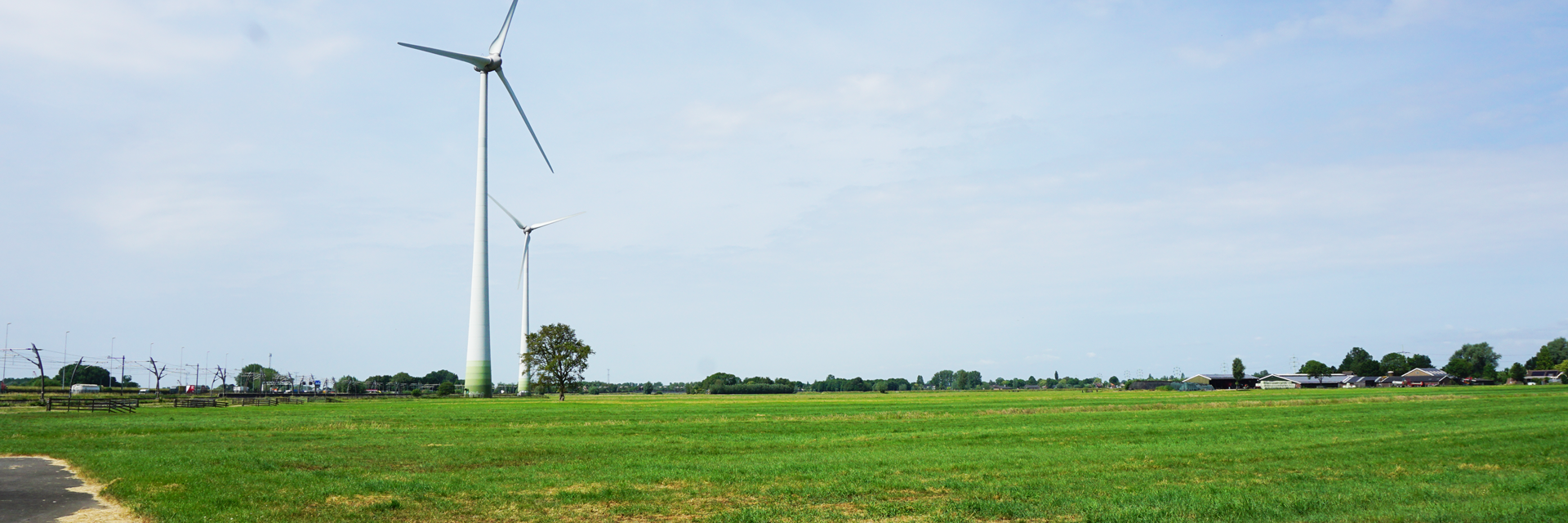
From imbalance to balance with wind turbines
Volatile sources such as wind turbines used to cause imbalance in the grid. The supply of wind energy varies and is difficult to predict. However, renewable energy sources such as wind turbines have the necessary flexibility to contribute to the stability of the electricity grid.
The amount of wind energy generated is not known in advance, while TenneT must be able to measure in real time whether the amount of energy called for has actually been delivered. We have made the available switchable power of Giessenwind wind farm transparent. Scholt Energy and Enervalis worked together to integrate the wind farm into TenneT's digital platform.
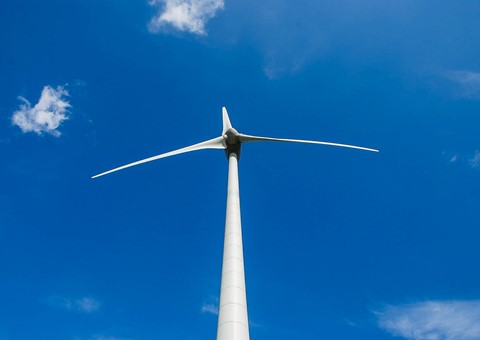
Every four seconds, the wind turbine reports actual generation and what expected generation should be based on the wind speed. If regulating power is supplied to TenneT, then these two numbers deviate. Overproduction on the grid can be reduced with this form of regulating power. This technique can also be applied to solar parks. Instead of the wind speed, the solar radiation is considered.
Balancing the grid with adjustable capacity
National grid operator TenneT is responsible for maintaining the balance in the grid. TenneT buys power for this purpose that can be deployed should the difference between supply and demand become too large. There are three different markets for this: FCR (primary reserve), aFRR (secondary or regulating power) and mFRR (tertiary or emergency capacity).
Experience with smart energy control
In recent years, Scholt Energy has gained a great deal of experience in smart energy control. We are active in the FCR, aFRR and mFRR markets. Some examples of assets that we use as emergency power (mFRR) are an industrial salt bath at VDL and a freezer at Lineage Logistics.
Successful pilot
Over the past three years, seven parties have participated in the aFRR market with decentralised power. The first phase in 2018 was much more successful than expected, so the pilot continued in 2019 with four parties, including Scholt Energy. TenneT indicates that wind turbines, solar parks, CHPs, heat grids, electric cars, electric boilers and electric pumps have the required flexibility. In a future with fewer and fewer large-scale power plants, grid balancing will also be possible through the use of decentralised electric power. The results of the aFRR pilot are described in this final report. Scholt Energy is already using the wind farm from this pilot for free bidding in the real aFRR market for regulating power. This is how we ensure that our customers produce and consume energy optimally, earn from their flexibility and at the same time contribute to the energy transition.
![]() Wind farm Giessenwind is a pilot in the European DRIvE project. DRIvE ensures that initiatives can be developed to provide flexibility in the Demand Response market. This project has received funding from the European Union’ s Horizon 2020 research and innovation programme under grant agreement No 774431.
Wind farm Giessenwind is a pilot in the European DRIvE project. DRIvE ensures that initiatives can be developed to provide flexibility in the Demand Response market. This project has received funding from the European Union’ s Horizon 2020 research and innovation programme under grant agreement No 774431.
